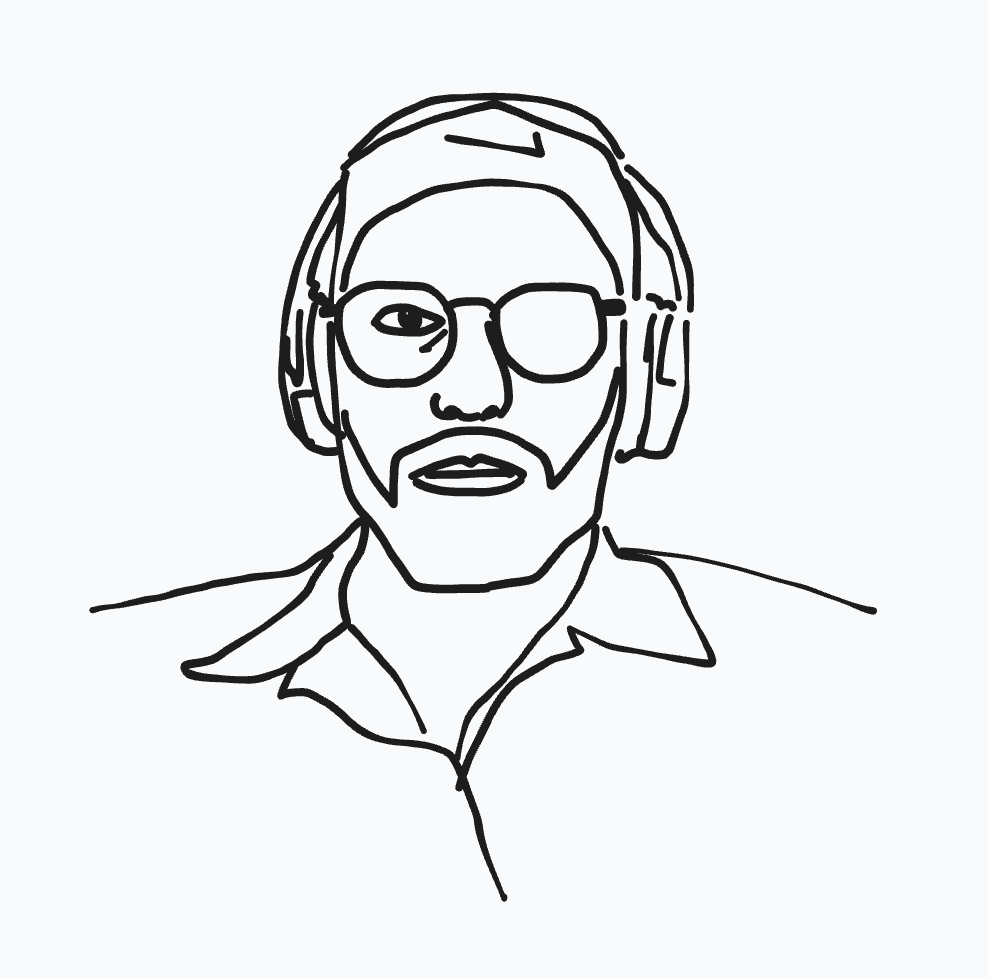The Art of Thinking Clearly by Rolf Dobelli

Rolf Dobelli’s The Art of Thinking Clearly is an insightful, eye-opening exploration into the many cognitive biases and mental pitfalls that cloud human judgment. In a world where decisions shape every aspect of our lives, Dobelli's book serves as a much-needed guide to recognizing and overcoming the cognitive errors we unknowingly make every day. This book distills complex concepts into short, digestible chapters, each addressing a different cognitive bias and offering real-world examples and applications.
Dobelli’s approach is refreshing in its simplicity. He introduces biases—like the confirmation bias, the sunk-cost fallacy, and the "halo effect"—in clear language and with concrete examples that bring each one to life. What I particularly enjoyed was Dobelli’s emphasis on practical takeaways; instead of simply defining each bias, he shows readers how to guard against them in daily decision-making. This actionable approach makes the book feel both informative and empowering.
One of the book's key strengths is its structure. Each chapter is brief and to the point, making it easy to pick up and read at any pace. The format allows readers to reflect on each bias individually, absorbing the information without feeling overwhelmed. The layout is ideal for people who prefer learning in bite-sized portions, allowing them to revisit and reflect on each bias over time. It’s the kind of book that you can keep on your desk and dip into whenever you need a reminder to think more clearly.
What resonated most with me was the book’s message about self-awareness. Dobelli doesn’t suggest that we can avoid these biases entirely; rather, he encourages us to recognize when they’re affecting our judgment and to make adjustments accordingly. This approach acknowledges that cognitive biases are a natural part of being human, and that awareness, not perfection, is the goal.
While Dobelli’s book is straightforward, some readers may find certain chapters a bit repetitive, especially as many biases share underlying psychological roots. However, this doesn’t detract from the overall experience, and for those new to the topic of cognitive biases, the reinforcement may actually enhance understanding.
- Awareness of Cognitive Biases: Dobelli introduces readers to a wide array of cognitive biases—systematic errors in thinking that influence decisions and judgments. Recognizing these biases helps us become more self-aware, making it easier to question our automatic assumptions.
- Avoiding the Confirmation Bias: This common bias leads us to seek information that confirms our pre-existing beliefs while ignoring evidence that contradicts them. Dobelli emphasizes the importance of actively seeking opposing viewpoints to make well-rounded decisions.
- Recognizing the Sunk-Cost Fallacy: The sunk-cost fallacy causes us to stick with a decision because of the time, money, or effort we've already invested, even if it’s no longer beneficial. Understanding this bias helps us cut our losses and make decisions based on future benefits rather than past investments.
- Guarding Against the Halo Effect: This effect leads us to attribute positive qualities to people or things based on one attractive feature, such as physical appearance or charisma. Dobelli reminds readers to evaluate qualities independently, avoiding snap judgments based on superficial factors.
- Avoiding Overconfidence: People often overestimate their knowledge or abilities, which can lead to poor decisions. Dobelli highlights the importance of humility and understanding the limitations of our knowledge, particularly in complex fields.
- Thinking Probabilistically: Dobelli encourages readers to understand the role of chance and probability in outcomes rather than attributing them solely to skill or effort. This approach reduces bias when evaluating success and failure, leading to more balanced decision-making.
- Resisting Social Proof: The social proof bias makes us follow others' actions, often ignoring our own better judgment. Dobelli advises that we question the actions of the crowd and make decisions based on personal reasoning.
- Avoiding Emotional Decision-Making: Dobelli illustrates how emotions can distort our thinking, leading to impulsive decisions. He advocates for a rational approach, particularly in high-stakes situations, to ensure clear and thoughtful outcomes.
- Limiting Information Overload: Too much information can cloud judgment and lead to poor decisions. Dobelli suggests focusing on relevant information and blocking out the noise to improve clarity and efficiency.
- The Importance of Simplification: Many biases stem from our brain's tendency to oversimplify complex situations. By acknowledging complexity and resisting the urge to make everything fit into neat categories, we make more accurate decisions.
In conclusion, The Art of Thinking Clearly is an invaluable resource for anyone looking to sharpen their decision-making skills. Dobelli’s insights are accessible, engaging, and practical, making this book a worthwhile read for anyone striving to make better choices in both their personal and professional lives. It’s a reminder that clear thinking is a skill that can be cultivated, and one that can lead to a more deliberate, thoughtful approach to life.
